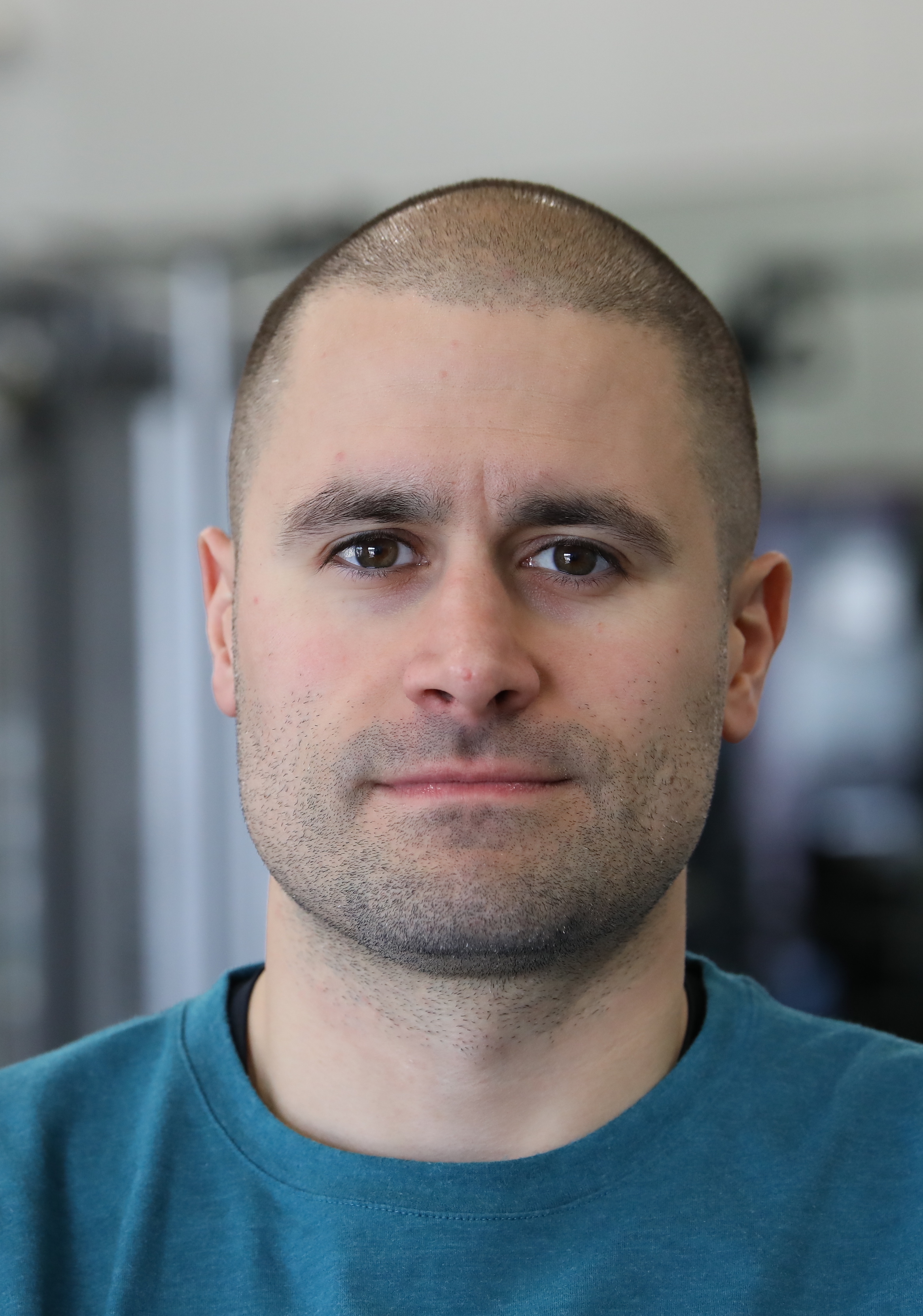4 STRATEGIES TO NAVIGATE SPORTS SCIENCE AND WEARABLE DEVICE TECHNOLOGY

I got a great email question the other day from a reader:
"Hey TD, I train lots of athletes and general-pop clients. I want to be able to incorporate sports science and wearable technology into what I do. Any advice you have on where to start or how to sift through all of the new fitness and performance gadgets out there would be really helpful.”
This topic is really making a buzz right now as you know so I was thrilled to receive this question! My role with the Lakers requires me to comb through all new tech products, gadgets and systems to see if they have the potential to help enhance the training environment for our players. This can be a tedious process, but I’ve come up with a few strategies to make it more enjoyable and efficient – let me share:
PANNING FOR GOLD IN SPORTS SCIENCE/WEARABLE TECHNOLOGIES
You see just as well as I do that the tech industry is becoming increasingly joined at the hip of sports and performance. This growing relationship between technology, sports and performance is important and exciting but it's easy to end up feeling overwhelmed as you try to navigate it.
I’m sure you have taken the time to pan for the gold that lies in sports science/wearable technology and found some nuggets. Not everyone has this experience with the process though and it can be an exhausting slippery slope. I find myself, at times going from toy to toy looking for the next secret weapon. It’s like being a kid in a candy story while also looking for a needle in the haystack at the same time!
Thankfully, it's simple and painless to get a solid foothold on sports science/wearable technology. This is not a comprehensive guide to navigating the winding path of sports science and wearable technology. It is, however, what works for me!
1. Reach for the Low Hanging Fruit First. There is a wide range of complexity and price points in the sports science/wearable technology market. Start with the modestly priced and simple to administer and use technology/devices. This is the low hanging fruit that will not burn your wallet or time if the device doesn’t do what you thought it would, the way you thought it would.f there are too many annoying hoops to jump through during application or use of the technology/device then it will end up collecting dust.You want to avoid giving an athlete or client a bad taste in their mouth regarding sports science or wearable technology on their first try. A bad initial experience can cause them to be turned off by the idea of future use. Don’t be tempted by shiny bells and whistles. Instead reach for products that can be easily understood and integrated first and you will end up with greater athlete/client engagement while saving money and time!
2. Lose the white coat. Nitpick any new product you are considering like crazy. You have a sharp critical eye so use it. Doing this self-assessment first will make you more selective of the technologies you end up testing out on your athletes. If you end up trying or testing every new toy on your athletes, you will run the risk of appearing like a mad scientist. Nothing good comes from the mad scientist look so stay choosy when it comes to selecting and recommending sports science based wearable technologies.
3. Embrace Technology. Technology advancements and sports performance are colliding at epic rates. There is no stopping this, which is exciting to some but threatening to others. You probably know people in the industry who are resistant to accept the merger between sports performance and technology. They say “we did just fine without this tech stuff for years, all it’s going to do is complicate things!” or “I can see when someone is over-trained – why do I need a computer chip to tell me?” Your job, as you know, is not to change these people’s minds but to see the potential behind applying the right technologies to the right areas of sports performance for better results. When selected carefully and used appropriately, sports science and wearable technology will help you serve athletes/clients even more successfully than you do already!
4. Track it to change it. Tracking a behavior without any intent to change it is like stocking your refrigerator with groceries while already having plans to go out for dinner each night of the week.Before you invest in wearable or sports performance based technology, determine what areas of performance you want to, are willing to or are able to change. This way, you avoid getting a load of valuable data that you never planned to use for change or improvements.
Staying anchored to these 4 strategies will help you to incorporate sports science and wearable technology into your training more efficiently and effectively. Your athletes and clients will thank you.
LIKE WHAT YOU READ? SIGN UP NOW TO GET THE LATEST TIPS AND ADVICE
Tim DiFrancesco, PT, DPT, ATC, CSCS spent 6 seasons as the Head Strength & Conditioning Coach of the Los Angeles Lakers and is the founder of TD Athletes Edge. He is nationally renowned for his evidence-based and scientific approach to fitness, training, nutrition, and recovery for athletes and fitness enthusiasts.
For training and nutrition advice, follow us on:
• Instagram http://instagram.com/tdathletesedge
• Twitter http://twitter.com/tdathletesedge
• Facebook http://www.facebook.com/tdathletesedge
• YouTube https://www.youtube.com/user/tdifranc1
• Podcast http://www.tdathletesedge.com/podcast
• Website http://www.tdathletesedge.com
ABOUT THE AUTHOR

Tim DiFrancesco, PT, DPT spent 6 seasons as the Head Strength & Conditioning Coach of the Los Angeles Lakers and is the founder of TD Athletes Edge. He is nationally renowned for his evidence-based and scientific approach to fitness, training, nutrition, and recovery for athletes and fitness enthusiasts.
